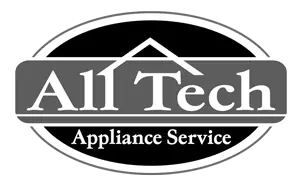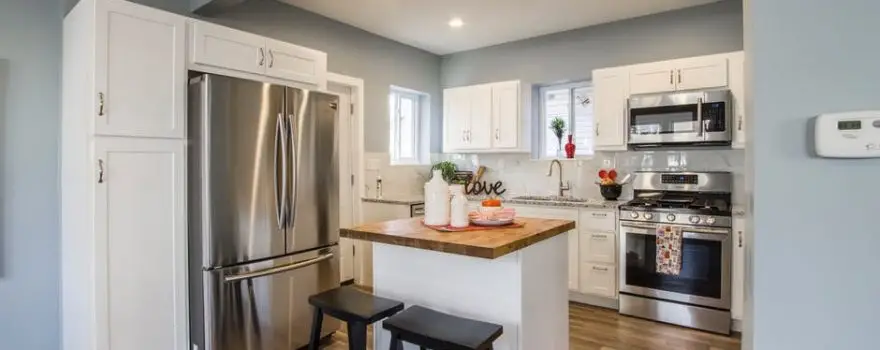Keeping Your Cool: The Complete Guide to Refrigerator Maintenance for Homeowners in Oregon
There was a time when having a fridge in your home was considered a luxury. These days though, it’s a standard household appliance. So much so, that it is expected to be a 78.22 billion dollar industry by 2025.
This isn’t an appliance that you want to buy often though. So how do you keep your fridge running smooth? You perform regular refrigerator maintenance on it.
If you aren’t sure what you should be doing, we have this guide to help you out. Keep reading to learn how to keep your fridge running cool.
Three Types of Refrigerators
Before you or a professional gets started working on your fridge, you need to determine what type you have. There are three main types. While all refrigerators function basically the same, the way they do it is different. They cycle refrigerant through a series of cycles. One set does the cooling, and the other set releases the heat.
A manual defrost fridge is the original and most basic design for a refrigerator. You defrost it by turning it off and letting the ice melt. A cycle defrost is slightly more advanced. It has an automatic cycle to aid in the prevention of frost buildup. But you still have to turn the dial to defrost mode manually.
The third type is a frost-free model. These are the most common today and use a heater to melt the ice.
Clean the Condenser Coils
Take a look at the bottom or back of your fridge, and you should find your condenser coils. You may find that you have to remove a panel by snapping it off or removing some screws.
You could go out and buy a special tool to clean the coils. This isn’t required though, your vacuum cleaner and a stiff brush attachment will work just fine.
Turn your vacuum on and run the brush over the coils. Gently but firmly remove any dust, debris, and pet fur.
Do this at least twice a year. When the coils are clean, they can effectively do their job to cool your fridge or freezer.
The dirt, dust, and pet hair insulate the coils which then contains the heat that they are supposed to be releasing. The heat builds and eventually causes the protector on the compressor to turn the whole system off.
The system will eventually kick back on when it cools, but by then your food will be warm.
Clean the Condenser Fan
If you have coils on the back of your fridge, then you don’t have a condenser fan. If the coils are on the bottom of your fridge, then you have a fan. Clean the fan while you are cleaning the coils.
The fan circulates the air through the coils to help them release heat. As dirt and debris build-up, the fan will eventually get so clogged that it will stop completely.
For your own safety, make sure you clean your fridge only when it is unplugged. That way the fan won’t automatically kick on while you are in the middle of cleaning.
Wipe down the Door Gasket
The gasket is the seal that goes around the outside of the door. It is what seals your fridge, so the cold air doesn’t leak out.
Replacing the gasket on your fridge can cost you $100-$200. You can avoid this by regularly wiping down your gasket.
When you keep the gasket clean it also cuts down on air leaks. Fewer air leaks mean a more efficient fridge.
Clean your gasket once a month of anything sticky. Food or liquids can dry and seal the gasket down, then when the fridge opens the gasket tears.
To prevent this, clean the gasket of anything sticky about once a month. Then lubricate your gasket by sprinkling some baby powder on a cloth and wiping down the gasket.
Clear out the Freezer Vents
Take a look in your freezer and locate the vents. Keep these clear from anything that may clog them up. Also, don’t pack your freezer so full that the air can’t flow.
A good rule of thumb is only to fill your freezer 3/4 of the way. This way there is enough space for the proper amount of cold air to flow around your frozen items.
Are Your Temperature Controls on the Middle Setting?
Keep your fridge and freezer settings in the middle range. You can then adjust from there in accordance with the fridge thermometer.
For optimum efficiency have your fridge set within the range of 38 and 42. Your freezer should be between 0 and 10 degrees.
Keeping the right temperature won’t exactly prevent repair. What it will do is extend the life of your fridge. It will also allow your refrigerator to run in optimal conditions and lower your electric bill.
Clean the Drip Openings
The drip openings are where the melted water flows to reach the drain pan. The drain pan is typically located near the compressor. Once in the pan, the water then evaporates.
If you have a cycle defrost fridge, then you will find a tube in the food compartment. If your refrigerator is frost free, then you will find a small cap under your crisper drawer.
You need to make sure these drains are clear. If they clog, the water won’t drain, and it will build up in the fridge. Eventually, it will start to leak out the door when you open the refrigerator, and you will have a puddle in your kitchen.
Perform Your Refrigerator Maintenance
By regularly performing these refrigerator maintenance tasks you can save yourself some expensive repairs. Create a schedule for yourself and perform these tasks as necessary monthly, quarterly, and yearly.
Does your fridge need repair instead of maintenance? Contact us today, and we’ll have your refrigerator running smoothly in no time.


